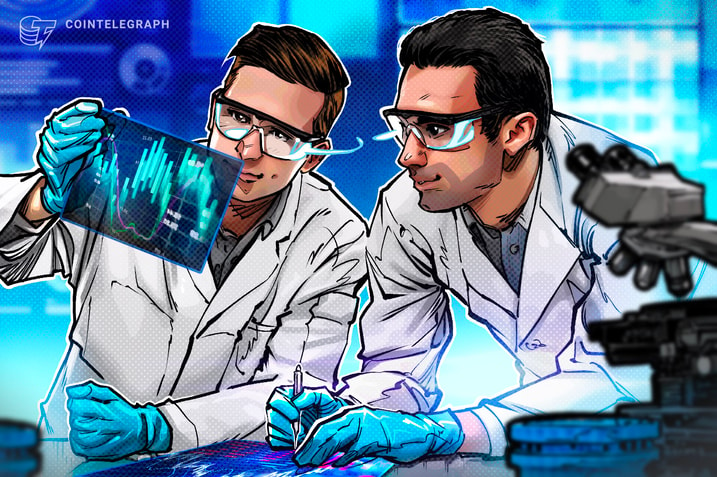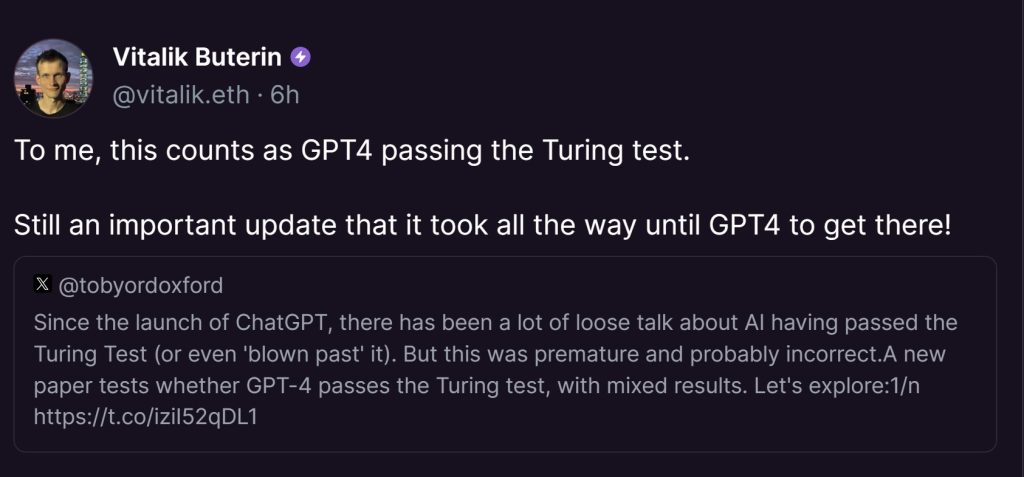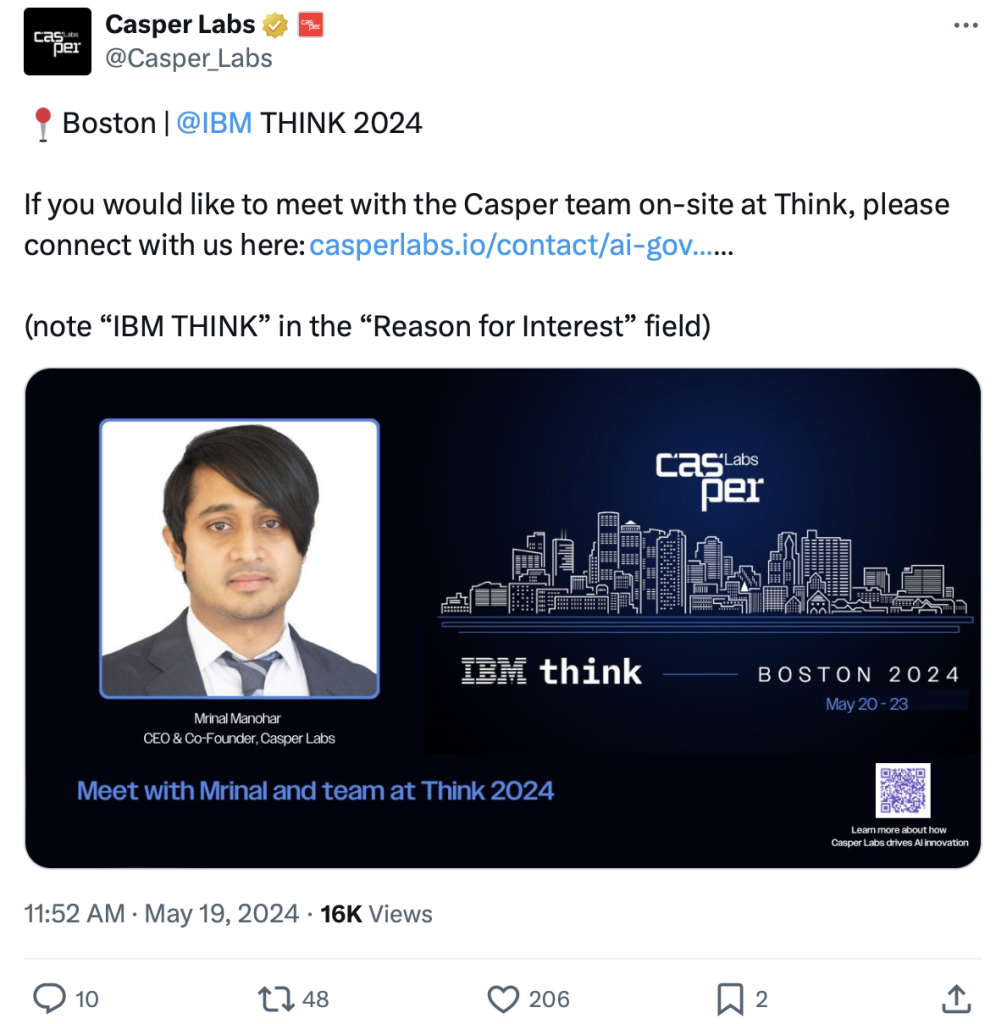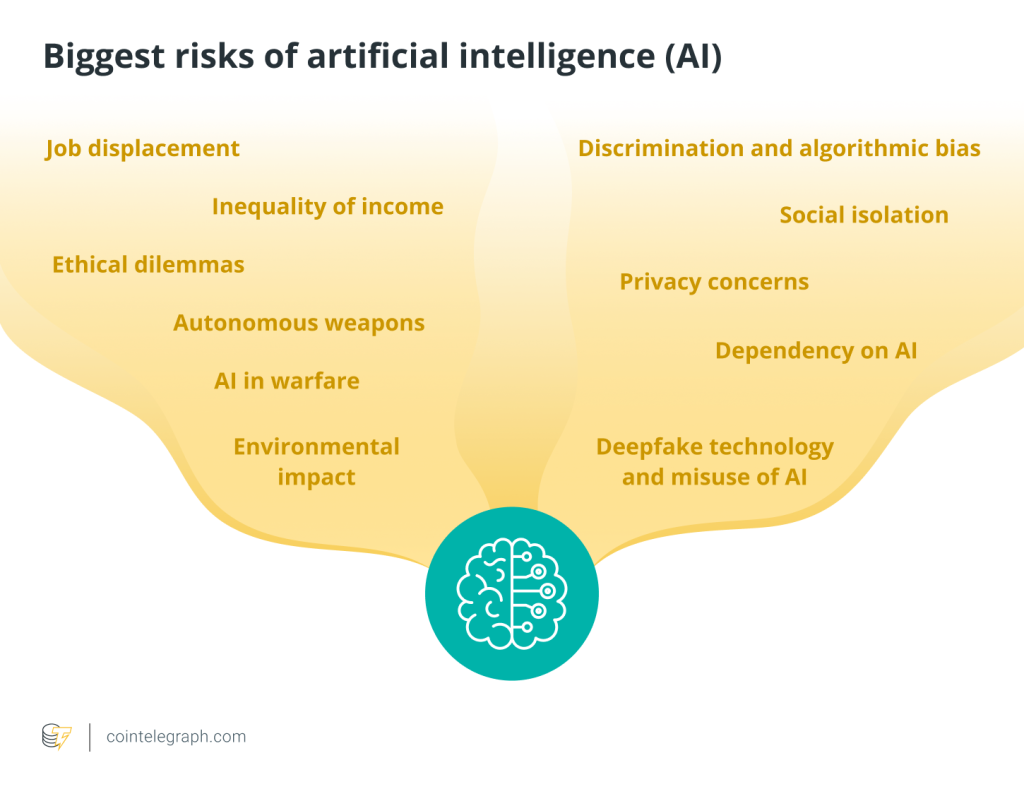MIT/IBM study reveals humans are still more ‘economically attractive’ workers than AI

While the review wasn’t comprehensive, its findings indicate the transition from human employees to AI workers won’t be as swift as many pundits have predicted.

A team of researchers from the Massachusetts Institute of Technology and IBM recently published research that could help to assuage some of the fears surrounding the eventual artificial intelligence (AI) employment takeover.
Experts have long surmised that AI could (and likely will) replace humans in the workforce. One recent study estimated that around half of all jobs currently being performed by humans could be automated.
But the new research out of the MIT-IBM Watson AI lab shows that such automation could come at a premium cost, which employers might not be willing to pay.
Announcing our new paper that goes beyond “AI Exposure” to consider which tasks would be economically attractive to automate. We find that firms would only want to use AI for one-quarter of tasks that could be automated https://t.co/I7Xq6ZPEIM @MITFutureTech @MIT_CSAIL @mit_ide
— Neil Thompson (@ProfNeilT) January 22, 2024
Per the team’s working paper, titled “Beyond AI Exposure: Which Tasks are Cost-Effective to Automate with Computer Vision?” a large swathe of the positions previously identified in other studies as being candidates for AI wouldn’t be cost-effective to automate in the current economy.
“The previous literature on ‘AI Exposure’ cannot predict this pace of automation since it attempts to measure an overall potential for AI to affect an area, not the technical feasibility and economic attractiveness of building such systems.”
Economic feasibility
One of the major hurdles to adoption identified in the research is the high cost of training and implementation. While systems such as ChatGPT can be fine-tuned for specific purposes, their general nature makes them less than ideal for many applications.
This means many employers would have to either spin up their own AI system or trust their proprietary data and internal processes to a vendor. The costs of either would, according to the researchers, often exceed the status quo.
“At today’s costs,” write the researchers, “only 23% of worker wages being paid for vision tasks would be attractive to automate.”
Related: DeepMind co-founder says AI will be able to invent, market, run businesses by 2029
Automation outlook
The researchers do, however, stress that this doesn’t necessarily mean there’s nothing for human workers to worry about. The tone of the paper indicates that the transformation from a human-led workforce to an AI-filled one won’t happen overnight. But it’s likely to happen.
Currently, the shift toward automation appears to be a gradual one. Many businesses are still in the investigatory and experimental stages of implementing AI. But rapid advancement has made it difficult to predict what jobs will be replaced by AI versus what jobs could or should be replaced, with both short- and long-term economic factors playing a large role in the decision-making process.
Ultimately, as the researchers put it, “making good policy and business decisions depends on understanding how rapidly AI task automation will happen.”






… [Trackback]
[…] Find More to that Topic: x.superex.com/news/ai/3304/ […]
… [Trackback]
[…] There you will find 55148 more Info on that Topic: x.superex.com/news/ai/3304/ […]
… [Trackback]
[…] There you can find 6379 more Information on that Topic: x.superex.com/news/ai/3304/ […]
… [Trackback]
[…] Find More to that Topic: x.superex.com/news/ai/3304/ […]
… [Trackback]
[…] There you can find 74956 additional Info to that Topic: x.superex.com/news/ai/3304/ […]
… [Trackback]
[…] Read More Info here to that Topic: x.superex.com/news/ai/3304/ […]
… [Trackback]
[…] Info to that Topic: x.superex.com/news/ai/3304/ […]
… [Trackback]
[…] Find More on to that Topic: x.superex.com/news/ai/3304/ […]
… [Trackback]
[…] Find More to that Topic: x.superex.com/news/ai/3304/ […]
… [Trackback]
[…] Read More here on that Topic: x.superex.com/news/ai/3304/ […]
… [Trackback]
[…] Find More here on that Topic: x.superex.com/news/ai/3304/ […]
… [Trackback]
[…] Here you can find 41919 more Info to that Topic: x.superex.com/news/ai/3304/ […]
… [Trackback]
[…] Find More Info here to that Topic: x.superex.com/news/ai/3304/ […]
… [Trackback]
[…] Info on that Topic: x.superex.com/news/ai/3304/ […]
… [Trackback]
[…] Read More on that Topic: x.superex.com/news/ai/3304/ […]
… [Trackback]
[…] Information to that Topic: x.superex.com/news/ai/3304/ […]
… [Trackback]
[…] Info to that Topic: x.superex.com/news/ai/3304/ […]
… [Trackback]
[…] Here you can find 59030 more Information to that Topic: x.superex.com/news/ai/3304/ […]
… [Trackback]
[…] Here you will find 13290 additional Info on that Topic: x.superex.com/news/ai/3304/ […]